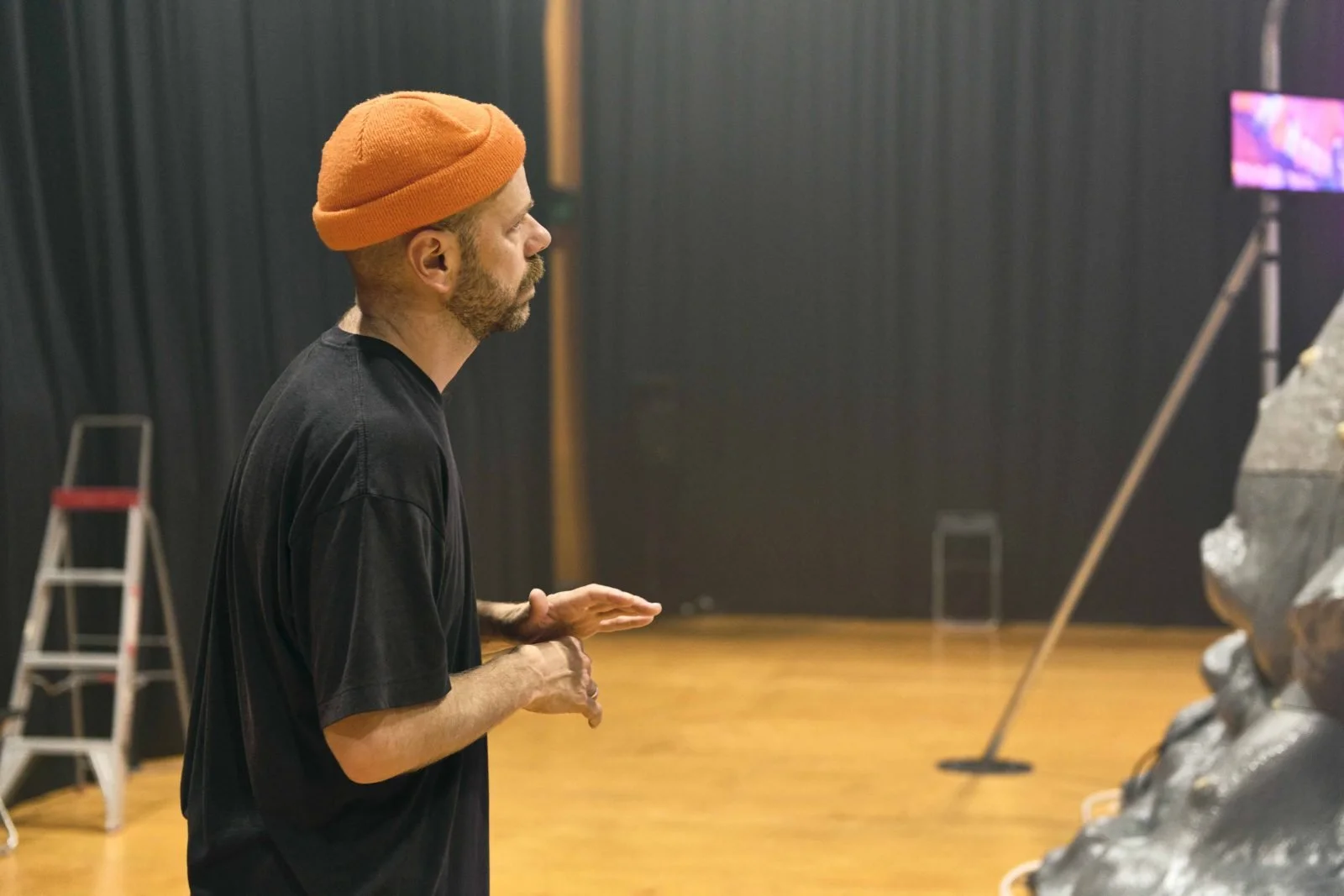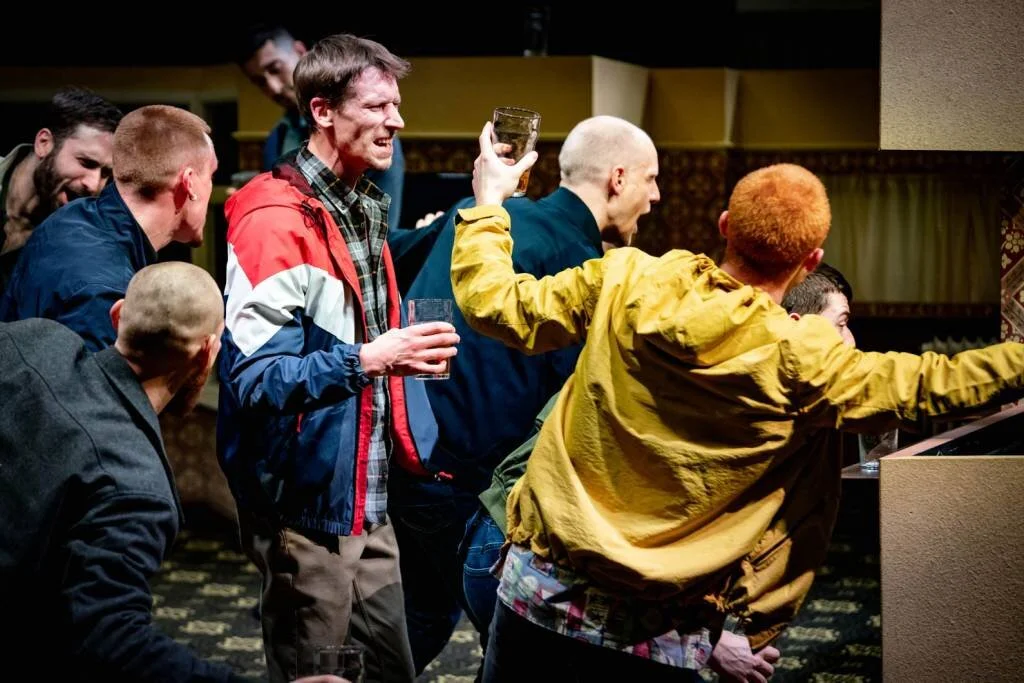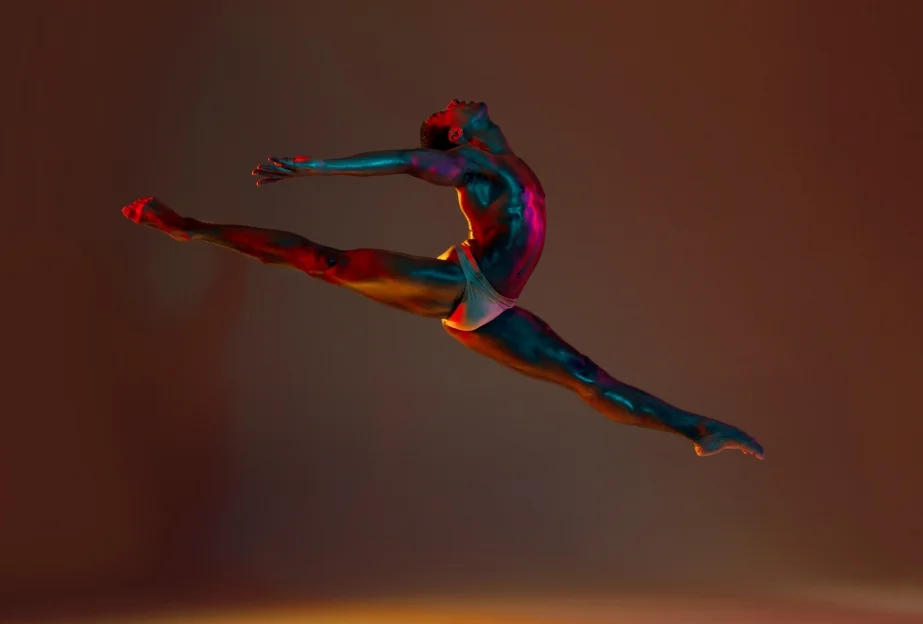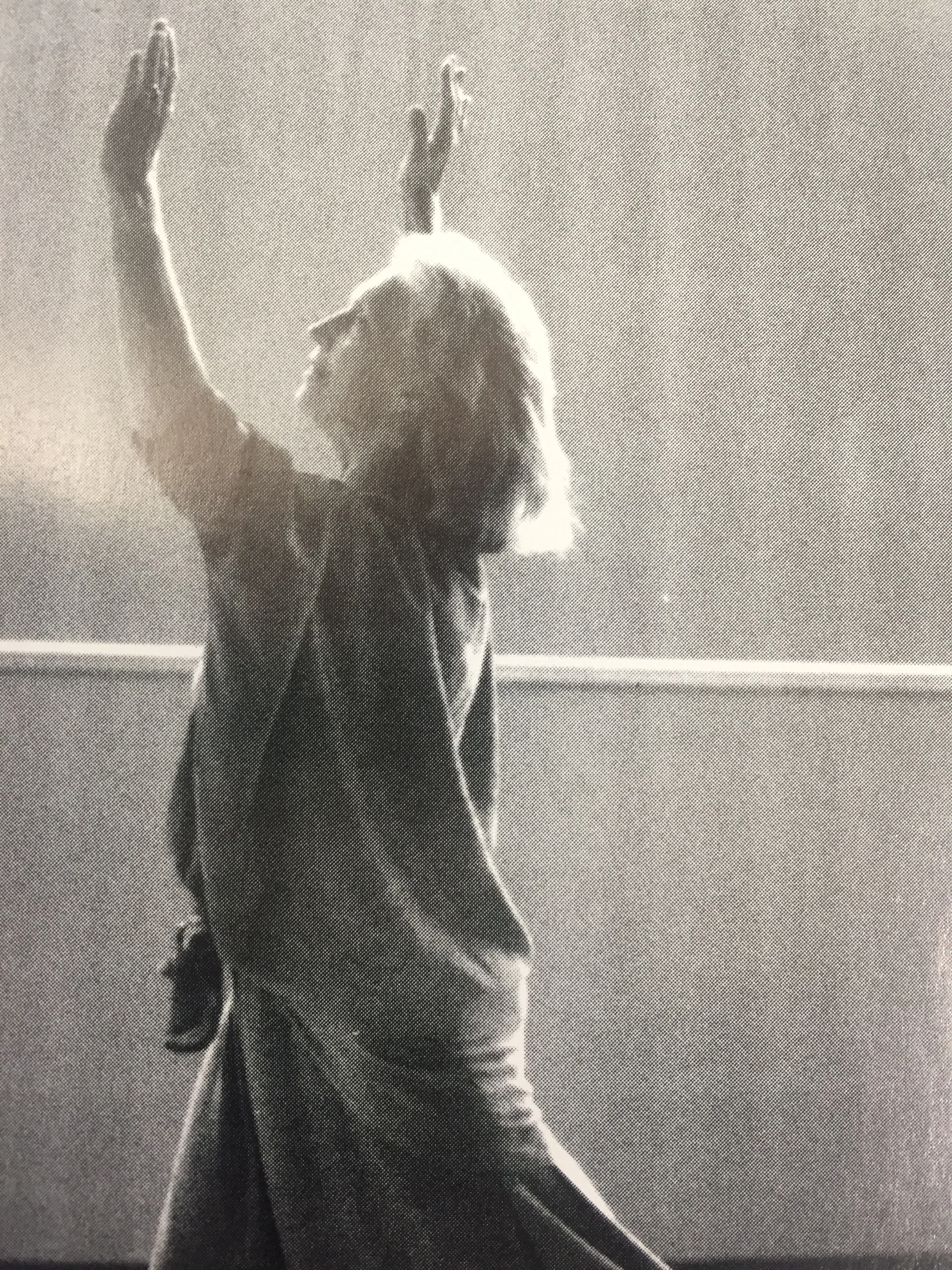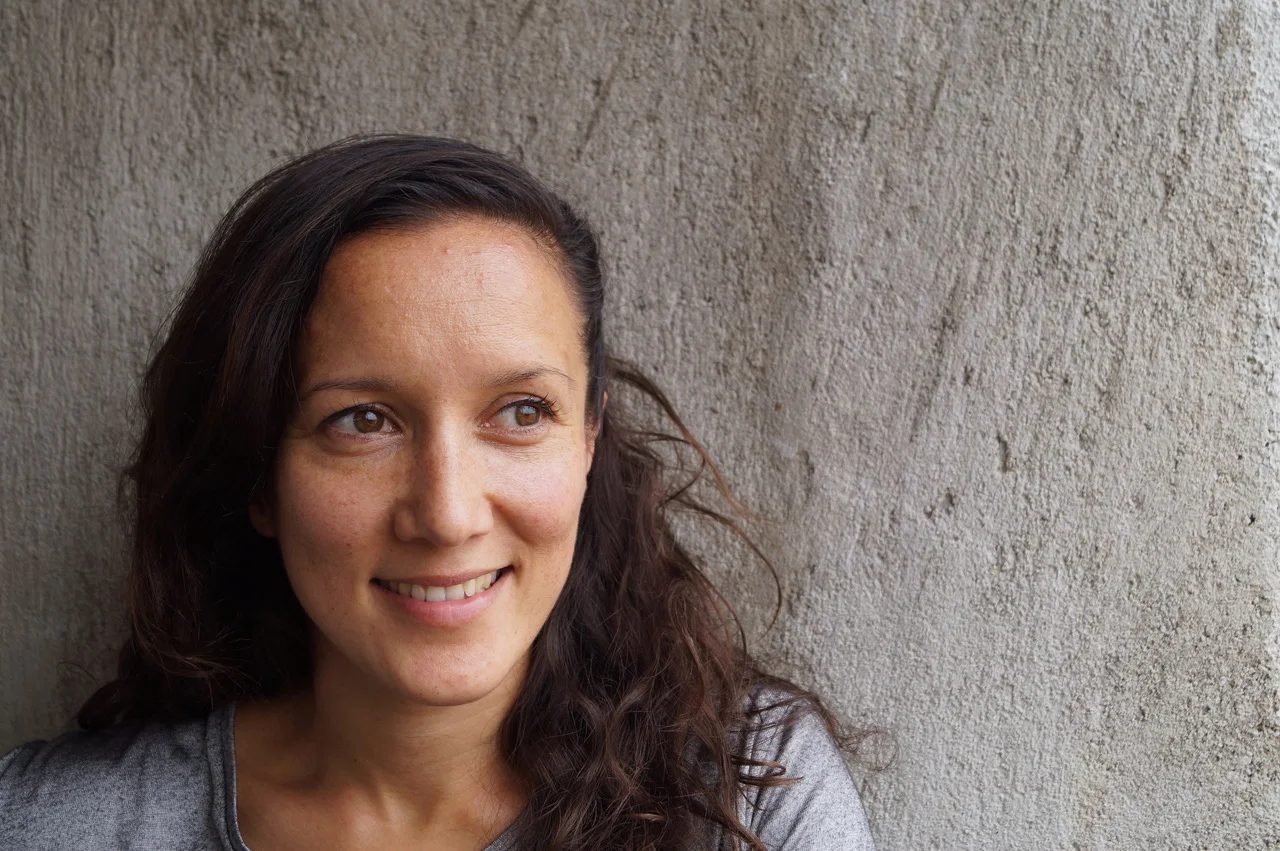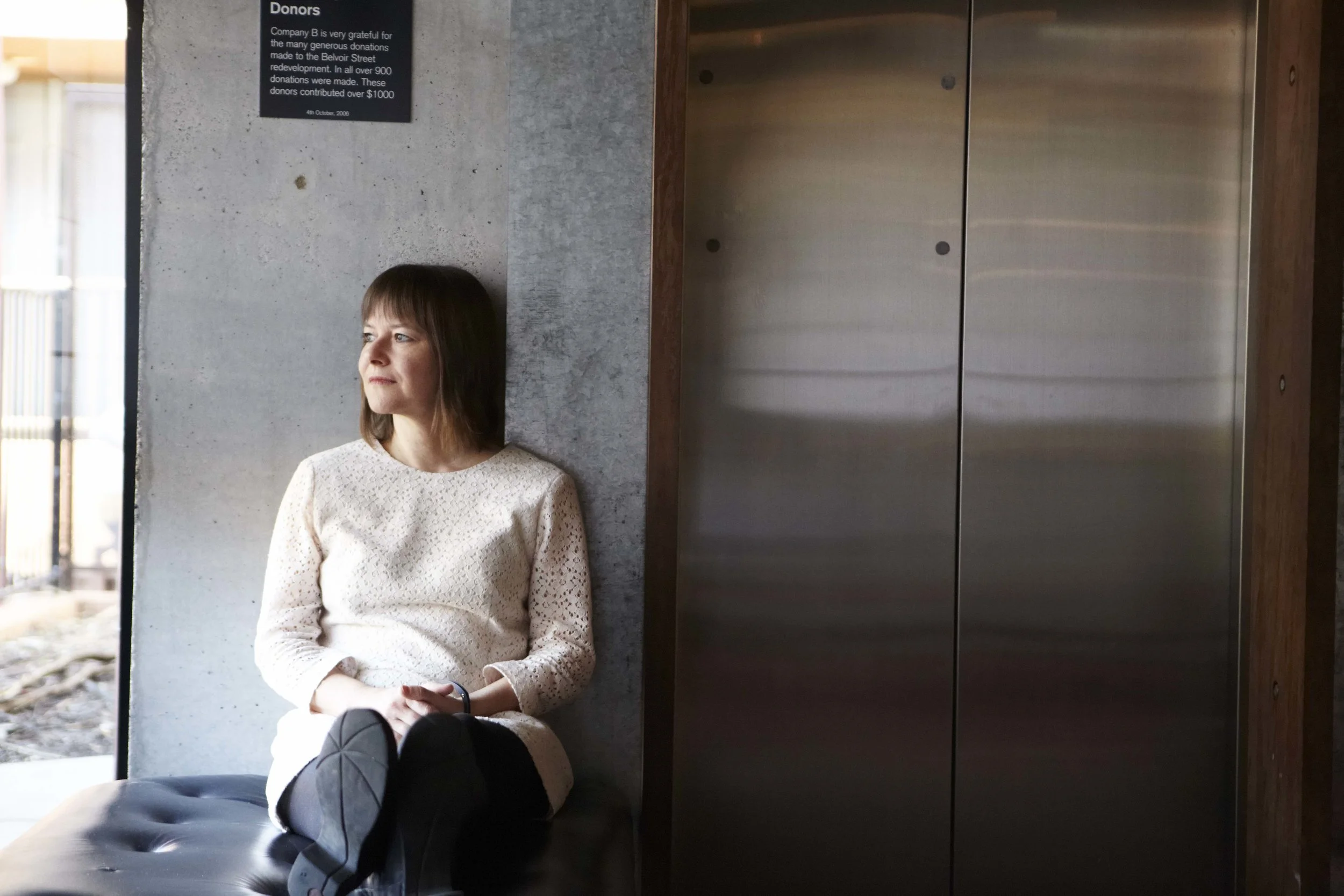In this episode, we meet Edna Reinhardt, a passionate creative dance and yoga educator with decades of experience in the field.
Edna’s commitment to dance education developed during her foundational training in the 1970’s at the former Managala studios in Carlton under the guidance of Dorethea Mangimele, where yoga, music and dance were married to cultivate this unique discipline.
As principal and founder of Over The Moon studios in Castlemaine, we discuss the integration of yoga and dance, education principles and her self-proclaimed life’s mission to develop community and culture through dance in a regional area.
Having been a mentor and inspiration for many, Edna’s wisdom and warmth hold valuable insights into a holistic approach to dance education, cultivating artistic, culturally informed and insightful students. Edna embodies how movement training co-exists with philosophy and lifestyle, to create an enriching existence through dance.
Interview and text by Delta Williams.
You can find a written transcript of this interview here.
DELVING INTO DANCE IS SUPPORTED BY THE VICTORIAN GOVERNMENT THROUGH CREATIVE VICTORIA AND THE AUSTRALIAN GOVERNMENT THROUGH THE AUSTRALIA COUNCIL, ITS ARTS FUNDING AND ADVISORY BODY. IF YOU ENJOY DELVING INTO DANCE PLEASE CONSIDER LEAVING A CONTRIBUTION. CONTRIBUTE HERE.
‘We value everyone equally, but you know, of course each person has a role to play in the team that's been created, but no one is, you know, less valuable than another.’
‘My daughter Billie, she was in rehearsal today. My son Archie grew up the first two or three years of his life, like, on tour with me when I was with Bangarra Dance Theatre and just being in the artistic environment and being surrounded by people is such a beautiful gift, I think, that I can give to them as well.’
‘When I'm making dance and when I think about choreography or art, I often relate my early childhood experiences to the things that I make now as well.’
‘I guess for a lot of people, ballet is still very much an evolving, developing language. I think people think it was probably stuck in a time and hasn't progressed. But modern ballet is very challenging and arresting and it's finding new ways of working with an old structure.’
I used to say for a long time that I thought the dance was the Prozac of the art forms. […] there is an aesthetic that dominates our work, often complex or ugly or difficult issues are glossed over because people are pointing their feet and look very lovely.
“What I love about the dance world is that it has the possibility of bringing together so many different cultures, so many different people, beliefs, ways of thinking, ways of being in a space … we always find a common ground and a way to exist and support one another and to create something really beautiful”
“There is something about sharing something with somebody, or about teaching somebody something that allows space for a conversation that you might not normally have.”
“I try to make the ballet world a lot more colourful, diverse and a lot more inclusive.”
“The fact that the sexual undertone, or the desiring undertone that a lot of dance is operating through, for me it was very important to make it explicit. To actually say ‘okay part of what is happening here is a question of desire, it is a question of being stimulated physically. Then there are many different levels or layers of this happening of course. In my work it was about saying, we have to recognise that these underlying structures are there, and if we recognise it and even expose it explicitly then maybe we can actually look at for something else or question ourselves….”
“I am a huge feminist, so there was something about the strength of the females going on pointe, that really interested me, I like that there was strength beyond the beauty.”
“We need to work harder to make sure that everyone has equal opportunity to make that work”
“Sounds like a Hallmark Card, but focus on what your gift is, what your talent is, what you are. Know that if someone’s offered you a job it is because they have seen something individual in you and try and cherish that. […] Don’t try and be someone else. […] There is nothing more exciting than seeing a dancer who is completely individual. They don’t need to be perfect, but to have that flame inside.”
“With dance it sort of felt right, I felt I could be myself and express myself, when I was dancing.”
“I really love to see dance as a place of exploration, where you actually try to capture something that is not really conscious.”
“Dance has that very exclusive possibility to express something physically, something that other forms aren’t able to express….watching a body go through some kind of negotiation, experience or sensation, which as an audience you can share”
“People say to me, ‘are you still dancing’, and I go ‘well what is dancing? What does dancing mean, I go into the studio and put music on?’ Maybe I dance when I play with my niece. […] we are sort of dancing everyday aren’t we?”
“I am interested in how we talk about dance. Because: a. I think many people are scared about it, they don’t really understand it. b. we don’t often, really get to uncover it, and talk about it much. ”
— Sue Healey
“I like working with the dancers, I like working on the detail of the choreography and the structure of the work.”
“Branding it as contemporary dance is bad for marketing. Contemporary dance is often seen as elitist, boring […] for snobs by a very large section of the public.”
“I didn’t have a great interest in having a dance company or directing a dance company, it came out of necessity. […] My interest has always been about making work.”
In this conversation we discussed Kylie Minogue, dance, leadership, inspiration and arts funding.
Deborah Jowitt is one of the most accessible dance critics, spending her life capturing the diversity of dance in her reviews, particularly in New York City. Jowitt’s work focuses equally on ballet and modern dance with a love for both styles.



